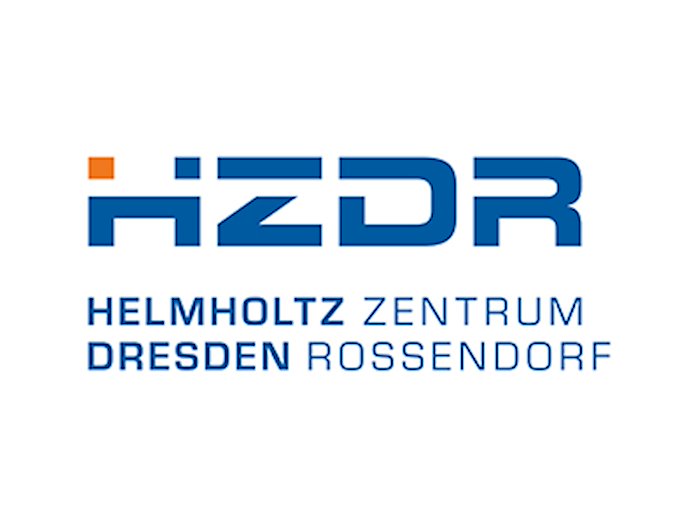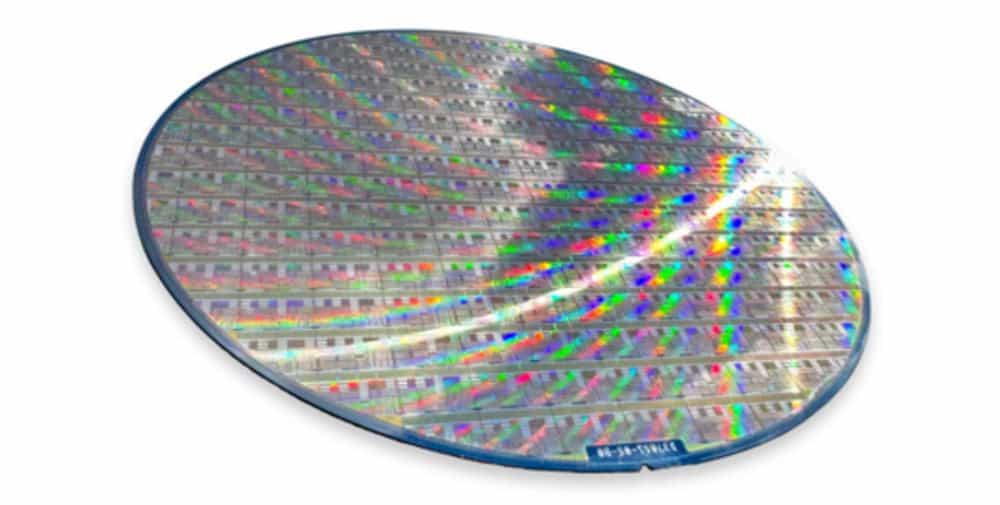
What the researchers* at the HZDR Institute for Ion Beam Physics and Materials Research have developed has many names. Neuromorphic computing, for example, because the processes resemble those in the brain. Unconventional Computing, because the technology is fundamentally different from the data processing we are accustomed to today, which uses zeros and ones in accordance with Boolean logic. Reservoir computing because it uses nonlinear physical phenomena to detect patterns in a data stream. “In many areas of automation from autonomous driving to the Internet of Things to edge computing, the industry is struggling with fast data signals,” explains Helmut Schultheiß. He heads the Emmy Noether group “Magnonics” at HZDR. “This is because many sensors deliver small data packets at high speed. Recognizing patterns in them is very energy-intensive for current computer architectures.”
That’s why Katrin and Helmut Schultheiß and their team rely on spin waves. Experts also call them magnons. The idea of using them to create a new data processing technology is a bit older. But Schultheiß and team’s work solved a problem that was hindering practical implementation. “All previous concepts rely on the fact that spin waves have to propagate from A to B in order to work with them,” explains Helmut Schultheiß. “But there are no really usable materials for this.” That’s why Schultheiß’s HZDR team took a different approach. They have pressed the entire process into a magnetic disk just a few micrometers thick and set it vibrating.
Depending on the input pattern, certain vibration patterns
Now the whole body vibrates, and at different frequencies at the same time. “You can visualize this with a drum,” Schultheiss explains. “If you sprinkle sand on a drum and beat it rhythmically, you get beautiful patterns. These are vibrational modes.” And they exist in the complete room. So they don’t go from A to B. They are standing waves that live resonantly on the complete body. The beating of the drum is the data input, which can come from a sensor, for example. It causes an interplay of different oscillations and resulting non-linear processes. “In the process, we were able to show that different input patterns always produce unique vibration patterns,” says Schultheiss. “And this process is time-sensitive. So if we change the order of the input signals, the patterns also change.” This is a prerequisite for evaluating data in real time.
Helmut Schultheiß is certain, however, that there is another prerequisite for the technology to make it from the laboratory to the market. His process must be CMOS compatible, i.e. it must be possible to process it on the chip industry’s conventional production lines. This is something he has learned not least from his experience with industry partners GlobalFoundries and Infineon in the EU-funded NIMFEIA project. “Even if we look for new technologies, CMOS technology will continue to secure our prosperity for decades to come,” he says. “That’s because it has now permeated our entire lives – from the smallest light switch to telephones to sensors for pacemakers.” Gigantic investments are needed for the chip factories where this wealth is created today. They don’t just spring up out of the ground, and they don’t just retool. “The good thing about our technology is that nothing has to be retooled,” Schultheiß is pleased.
Sensible supplement to conventional computers
However, Katrin and Helmut Schultheiß and their team do not want to replace conventional computers with their new technology. Instead, they want to complement them in a meaningful way. “When it comes to complex mathematical calculations, Boolean computation is still the leader,” says Helmut Schultheiß. “For arithmetic tasks, there will probably be nothing better in the next 100 years. But current computer architectures have a big problem in recognizing patterns and capturing complexity.” He could envision an application in traffic optimization, for example. That’s because neuromorphic computers could sift through the sheer mountain of data provided by services like Google, combined with smartphones and the cars themselves, for patterns and predict a traffic jam before the first car has even stopped. “This is a highly complex matter that conventional computer architectures like our PCs struggle with enormously. They need many computational steps. For neuromorphic computing, for reservoir computing and for artificial intelligences, on the other hand, it’s the ideal field of application.”
And because the novel technologies are not only very small but also extremely energy efficient, they could work directly on the sensors. This is called edge computing, and it helps wherever the transmission of large amounts of data is difficult or expensive. In space, for example. Instead of sending all the measurement data from an Earth observation satellite to the ground station, it could be processed on site. That saves bandwidth and energy. Or in medicine. A neuromorphic computer integrated directly into the pacemaker can recognize patterns indicating cardiac arrhythmias or ventricular fibrillation from the signals on site.
“Intelligent maintenance could also benefit greatly from edge computing with neuromorphic processes,” says Schultheiß. “In wind turbines, for example, they could look for vibration patterns in the drive shafts that indicate bearing damage. This would allow maintenance before the bearing even fails. This saves money, energy and resources.”
Publication
L Körber, C. Heins, T. Hula, J.-V. Kim, S. Thlang, H. Schultheiss, J. Fassbender, K. Schultheiss: “Pattern recognition in reciprocal space with a magnon-scattering reservoir” Nat Commun 14, 3954 (2023). DOI: 10.1038/s41467-023-39452-y
Contact
Dr. Helmut Schultheiss
Institutes for Ion Beam Physics and Materials Research
Tel: +49 351 260 3243 00
E-mail: h.schultheiss@hzdr.de
– – – –
Further links
👉 www.hzdr.de
Photo: HZDR / H.Schultheiß



